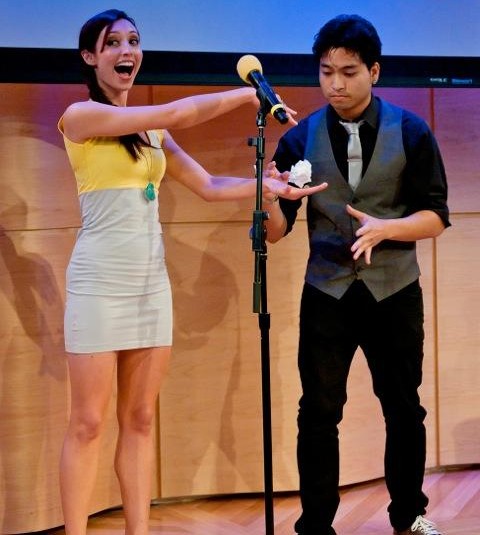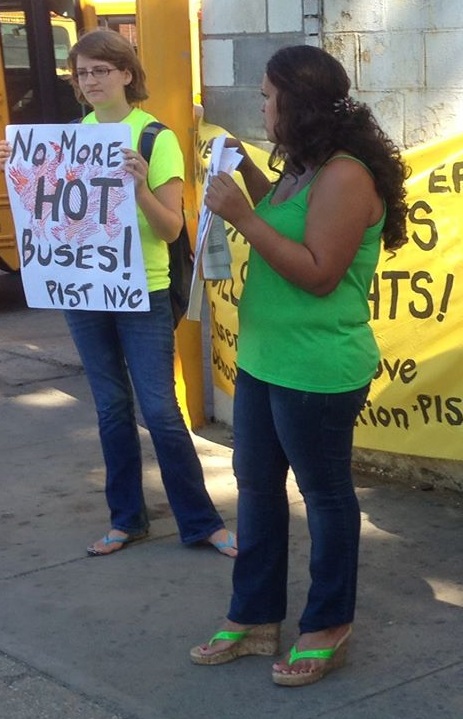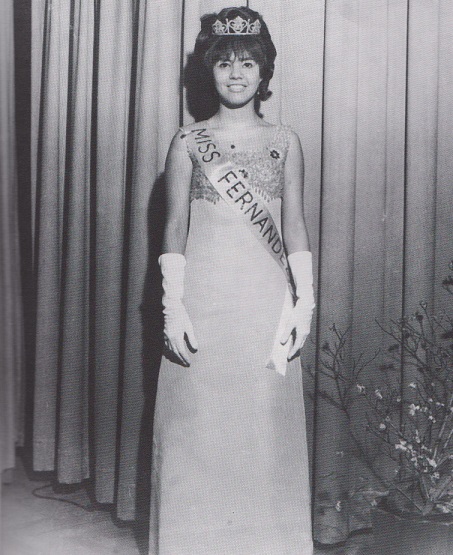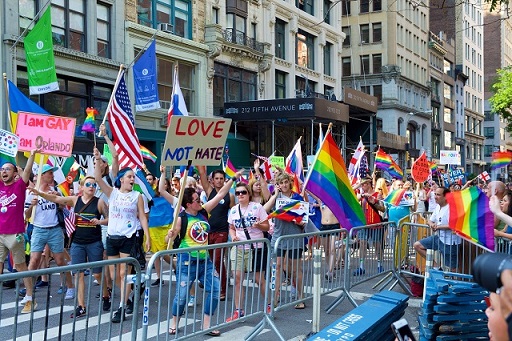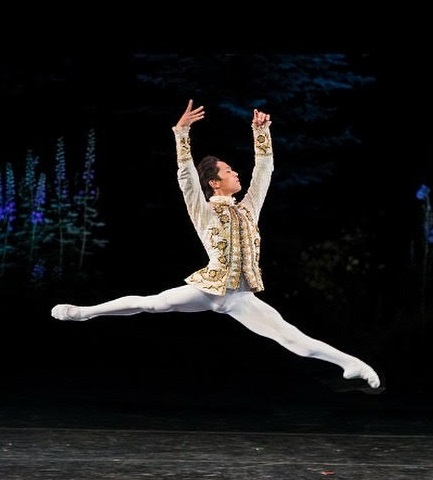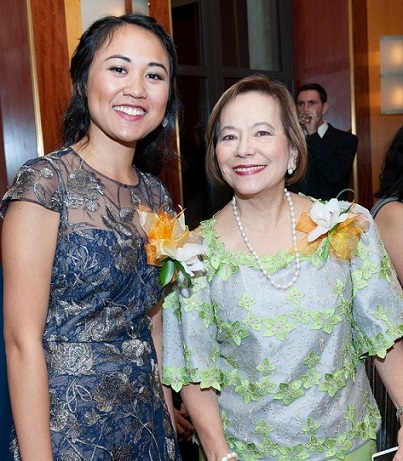On Global Filipinos: Mabuhay, Johanne Jabines!

International tax accountants licensed to practice in the Philippines

For FREE immigration consultation, CLICK HERE. Use Code: THE FILAM
By Loida Nicolas Lewis
For the third time in its 38-year history, a Filipino, Johanne Jazmin Tan Jabines, was declared champion in the world’s largest public speaking competition held in London last May.
She is a 20-year-old University of the Philippines 4th year business administration and accountancy student who won the English-Speaking Union – International Public Speaking Competition open to participants aged 16 to 20.
To reach that summit, she first had to win among 60 other contestants in the Philippines. This was her second try, after making it to the top 3 in the previous year.
Then, in London, among public speaking winners from 53 countries, only seven finalists were chosen on the last day of the competition. As part of the five-day programme, the participants received training in public speaking and debating skills before competing in the elimination rounds.
Aside from the Philippines’ Ms. Jabines, the other finalists were students from China, Lebanon, South Korea, Hong Kong, Estonia, and USA.
Each was given five minutes to speak about the topic, “The best way to predict the future is to invent it.”
Ms. Jabines spoke eloquently about how her aunt, an overseas Filipino worker (OFW) who has been away for 10 years had only a one-hour layover in Manila before she would have to board the plane to go back to Thailand where she works as a teacher.
She spoke of the hardship and sacrifices that overseas Filipinos endure living abroad usually away from their own families, spouses and children, some of them undocumented. We call them TNT or “Tago nang Tago,” a Filipino term for one who is “always hiding.”
Yet, each one invents new ways to connect with his or her relatives and with their identity as Filipinos. Through the Internet. Through visits back home. Through showcasing Filipino culture and traditions.
When asked during the Q and A if OFWs should stay in their native land to make it better, Ms. Jabines replied, to loud applause, that due to the lack of economic opportunities back home, it is unfair to prohibit them from seeking a better future for themselves and their families.
The speech that won her a spot among the seven finalists is the more gripping, entitled “Great Artists Have No Country,” which we are reprinting on this page.
The champion is from Metro Manila who grew up in Paranaque City. She intends to be a lawyer after graduation. The first Filipino to win this competition was Patricia Evangelista in 2004. Gian Karlo Dapul won it in 2008. Ten years later, Ms. Jabines bagged the top prize.
Great artists have no country
By Johanne Jazmin Tan Jabines
Come visit one of the happiest countries in the world! Mine! No matter how many typhoons flood our cities, or how many earthquakes turn our buildings into dust, we Filipinos will flash their smiles to the rest of the world and say “Mabuhay!” Cheers to life!
But lately, our streets have been busy with something more sinister, with noise so loud yet only few seem to hear it. Bad weather is hardly our biggest threat. Like hawks that stalk their prey, masked men on motorcycles rule the night, parading on the streets with their guns, and newspaper and cardboard to drape over their fallen targets. Why hold a proper burial for the guilty? Due process dies when we are asleep.
The so-called war on drugs has reduced many of our countrymen into statistics — there have been anywhere between 12,000 to 20,000 slain with total impunity, ostensibly because of billions worth of methamphetamine that most of them never carried. Families have been called collateral damage. A veil of ignorance shrouds the truth. But there are those who choose to break through this shroud. They hear what we can’t hear, and say what we refuse to say. While the rest fall silent to the beat of gunshots, our artists use their talents as a conscious act of defiance.
Instead of music from festivals, demonstrators fill the streets with their chants of protest. On the anniversary of Martial Law last year, an effigy called Rody’s Cube became the headline of international media. It worked like a Rubik’s cube, except that on each wall was a painted caricature of Hitler, Ferdinand Marcos, Duterte, and a puppet. Their faces could be twisted and joined with each other — a Frankenstein of dictators — created by street artists.
Speaking of twisted, Art transcends the brokenness of its medium. Consider Guernica, one of Picasso’s most powerful works. Guernica depicts the Spanish civil war. Every being in the painting is deathly pale: the frightened horses, the grotesque bull, the woman on the left cradling her dead baby. These are the horrors of war – destruction, cruelty – made simple, and so all the more heartbreaking. Picasso’s work remains timeless because Guernica took life beyond its canvas, as protesters all over the word appropriated its image to respond to war and violence.
Art exists to let us frame the human experience and intimately paint the lives of those who otherwise bear no connection to us. Great artists have no country. We live in a time of national isolation, and during these times, it is the job of an artist to rebuild the bridges others have sought to destroy. The whole world is now the great artist’s landscape.
Two years ago, a photo of a wailing widow clasping her dead husband in her arms made it to the cover of The New York Times. She holds on to her love ever so tightly. This is our modern-day Pieta — a stark recreation of Mother Mary clasping in her arms the body of Jesus.
When I saw that photo last year, I finally had a glimpse of what their grief and desperation looked like. For the longest time, I had faced the other way because I could sleep at peace, and couldn’t see beyond the numbers and the statistics. A veil of ignorance shrouded my judgment. But with art, I could finally see what I needed to see, and I could hear their cries of justice.
With powerful art that knows no boundaries, but instead abides by universal principles of justice, peace, and mutual respect, Filipinos transform the crimes on our streets into portraits of defiance, while appealing to the rest of the world to listen to the cries for justice. And until these cries are heard, this is how our artists will continue to greet everyone with “Mabuhay!”
(C) The FilAm 2018

